The leg shape and rise are the key attribute to jeans, but there are many other variables to throw into the mix as well.
Athletic Fit
This means that a pair of jeans is designed with more room in the seat and thigh for thicker or muscular builds. Athletic is a term that can be a style on its own but is usually used as a prefix for other styles that are constructed for guys who love leg day (slim athletic fit, for example). This allows for more comfort and inclusive sizing.
Wash
This refers to the colour of your jeans ranging from light blues to indigos to black.
Darker colours tend to feel more appropriate for semi-formal situations, but this isn’t a hard and fast rule. A midnight black pair of jeans can be almost indistinguishable from dress pants. Mid washes tend to be the typical indigo colour that first comes to mind when you think jeans. Light washes tend to look more casual but can also be dressed up if you feel like rocking a brighter outfit.
Fades, Whiskers, and Distressing
Nearly all jeans undergo a treatment and washing process to replicate the look that comes from everyday wear and tear. But it’s not just about the look. Since raw untreated denim tends to be very stiff, these treatments make jeans softer, lighter, and more comfortable.
Fades
These are the colour differences that occur when denim is worn and washed. Many brands now offer denim with pre-aged fading for instant vintage appeal and comfort, while natural fading can still occur from the unique way you wear them.
Whiskering
You may not recognize this term, but you definitely recognize the horizontal lines on the thighs and knees it refers to. Originally from wear, now many companies will incorporate pre-designed whiskers for instant character.
Distressing
The styling that puzzles grandparents everywhere: rips, tears, and frayed edges. Once a result of wear, distressing is often a deliberate design choice, offering an instant edgy, vintage vibe.
Stitching
Jeans’ distinct stitching and rivets isn’t just for aesthetics. It’s part of what makes them a durable and rugged essential. Here’s a quick 101 on the common types of stitching.
Topstitching
These are the distinct lines of stitches visible along the seams and pocket that enhance durability and contributes to that signature denim look.
Rivets
Another feature that gives jeans their distinct and iconic look, those small metal studs aren't just decorative; they strengthen seams and pocket corners that can be prone to tearing from everyday use.
Bartacks
This is another sewing technique common in denim. It’s an extra set of stitches that reinforce stress points, often in areas where rivets would be uncomfortable or scratch seating. For example, bartacks are used on the back pocket corners and other areas that are subject to extra stress and pulling.
Back Pocket Signature
They’re not on all jeans, but even so it’s probably the most recognizable stitching. Levi’s subtle pointed Arcuate, Silver’s S scroll, and Wrangler’s W are among the most iconic. While the fit is the most important part of the buying decision, this stitching contributes to the look of your jeans and is something to keep in mind if branding is important to you.
Stitching colour
We usually think of stitching in the classic gold-yellow threading. This has roots in the use of strong yarn during the formational period of jeans. Today, that colour is still used but there are many more options.
However, for long-lasting trend-proof styles, we recommend sticking with that classic yellow or something that’s the same colour as the rest of the denim. If you go with white or heavily contrasting stitching, the jeans may look dated more quickly.
Materials
Jeans are traditionally made from denim, a strong woven (usually cotton) twill. Originally designed for American worker, it’s a durable fabric that’s transcended its working-class origins while stilling being a go-to protective for clothing used at hard working jobs.
Over the years, stretch has become an important feature of denim, so today it’s common for jeans to also contain a small amount of elastane or spandex for stretch. They will also sometimes have a mix of polyester and other materials.
.jpg?sw=2560&sh=1109&sm=fit&q=90)
.jpg?sw=1440&sh=1440&sm=fit&q=95)
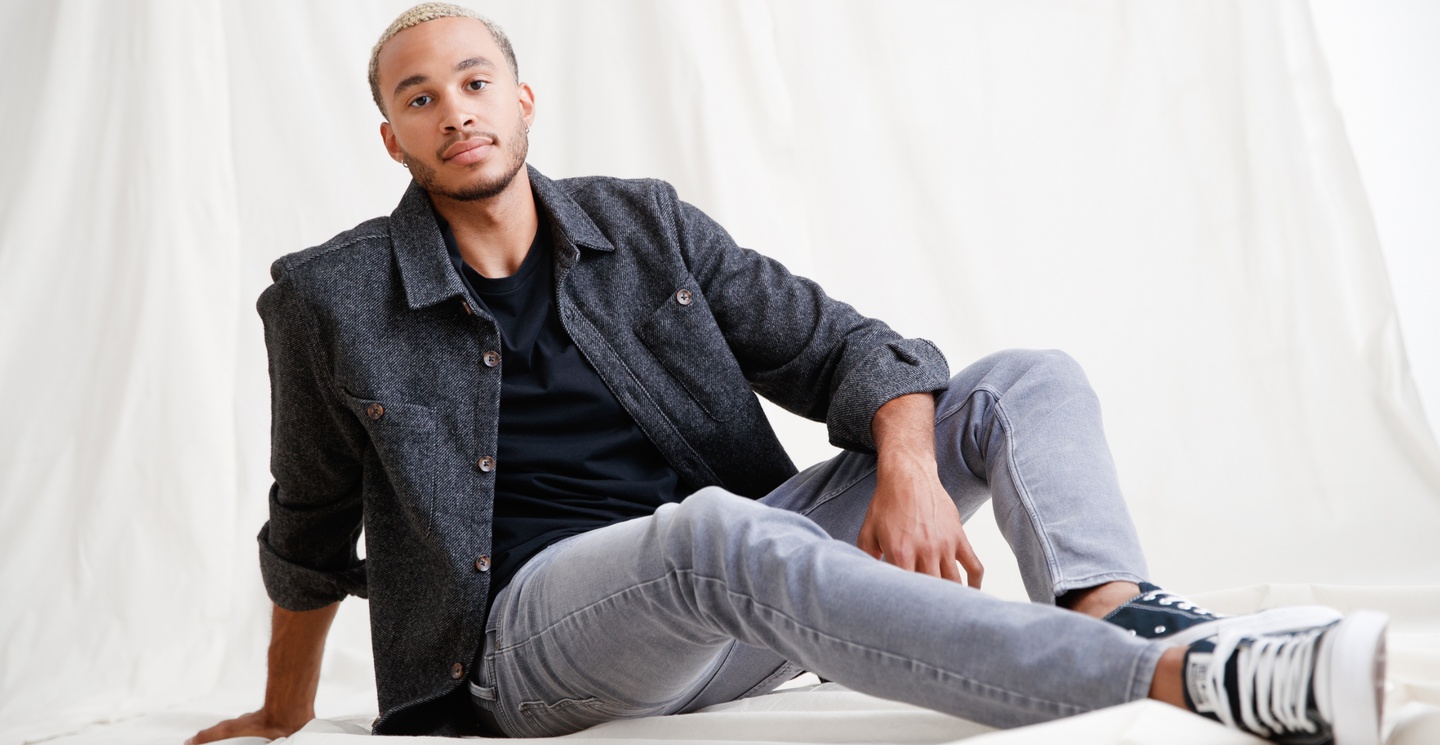
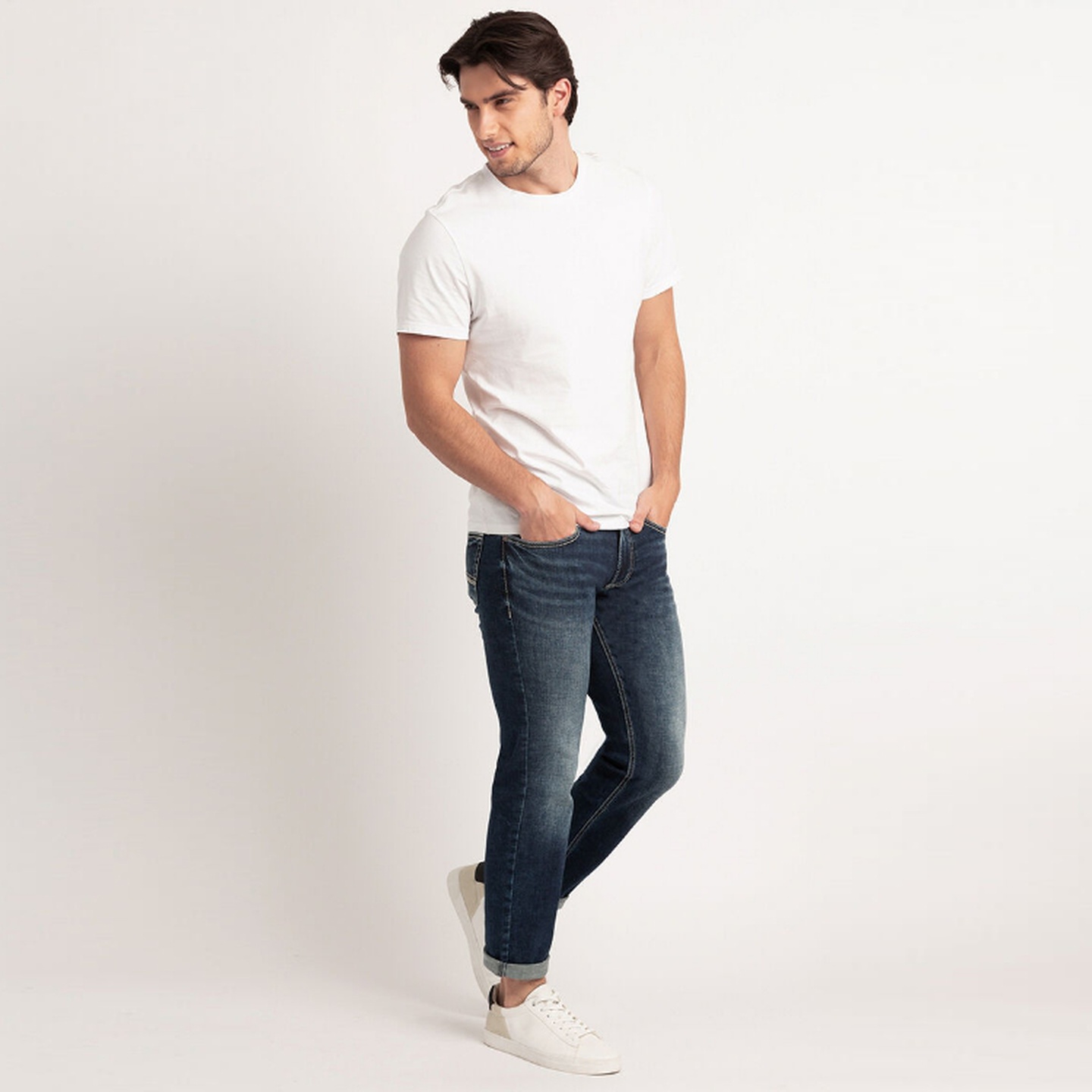
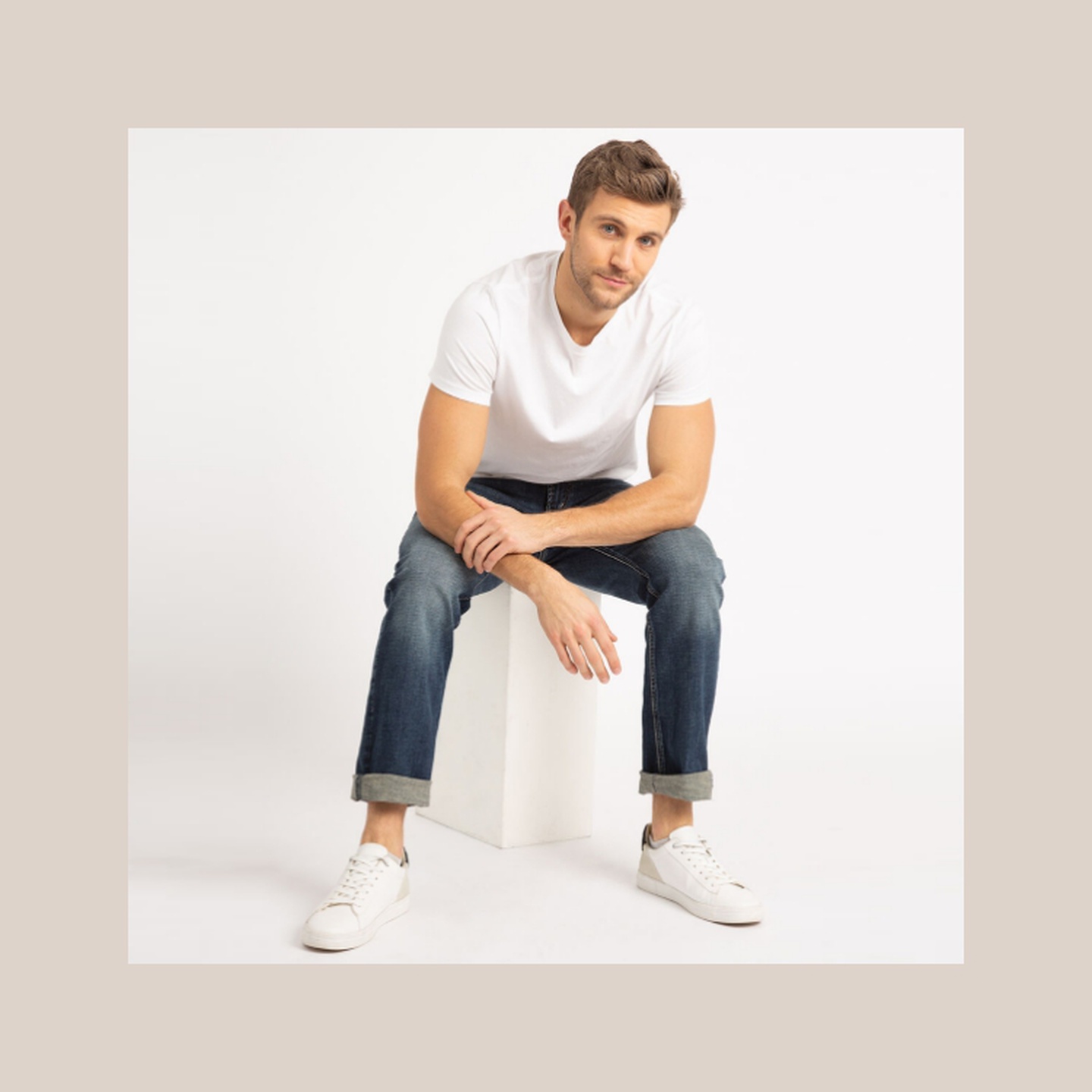
.jpg?sw=1440&sh=1440&sm=fit&q=95)
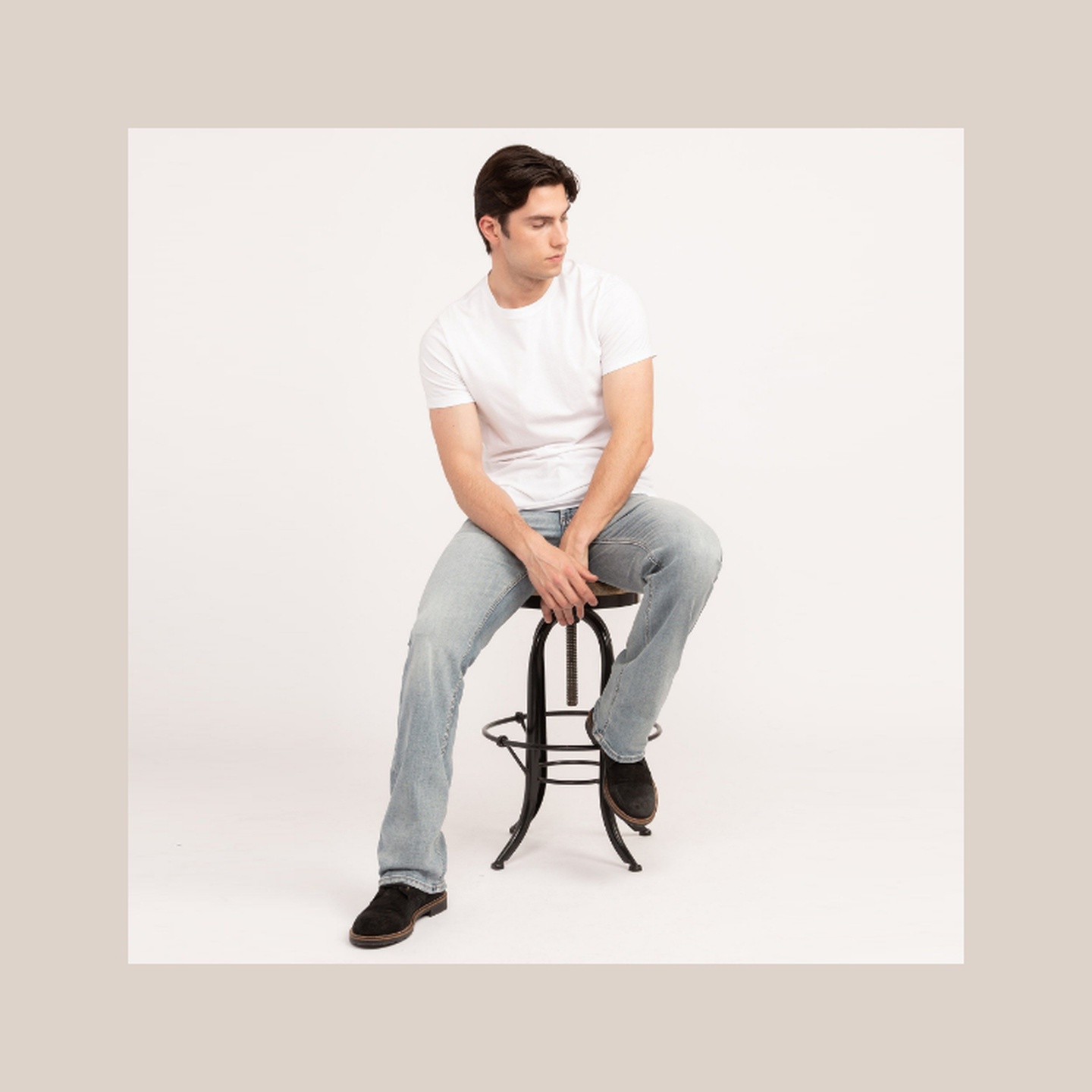
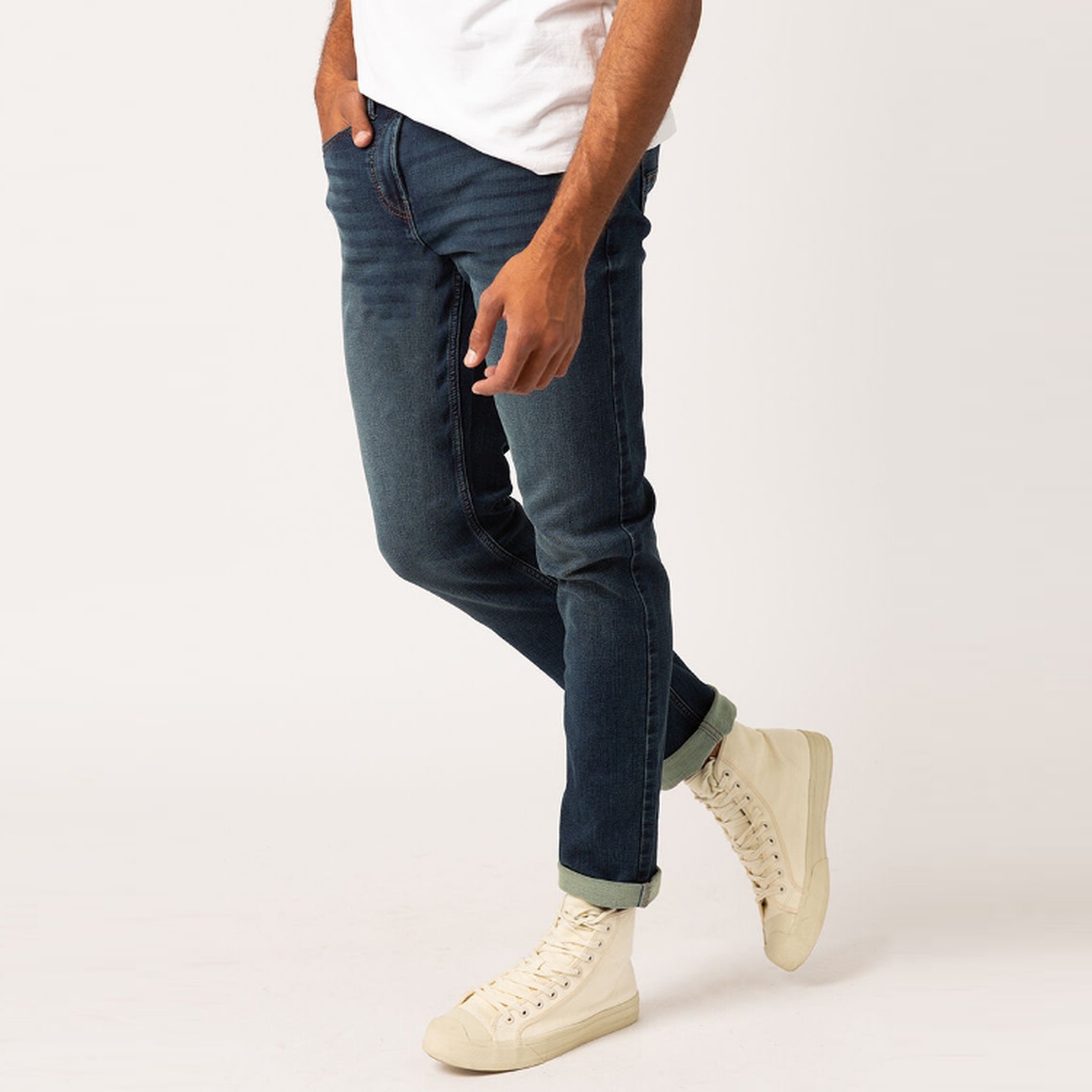
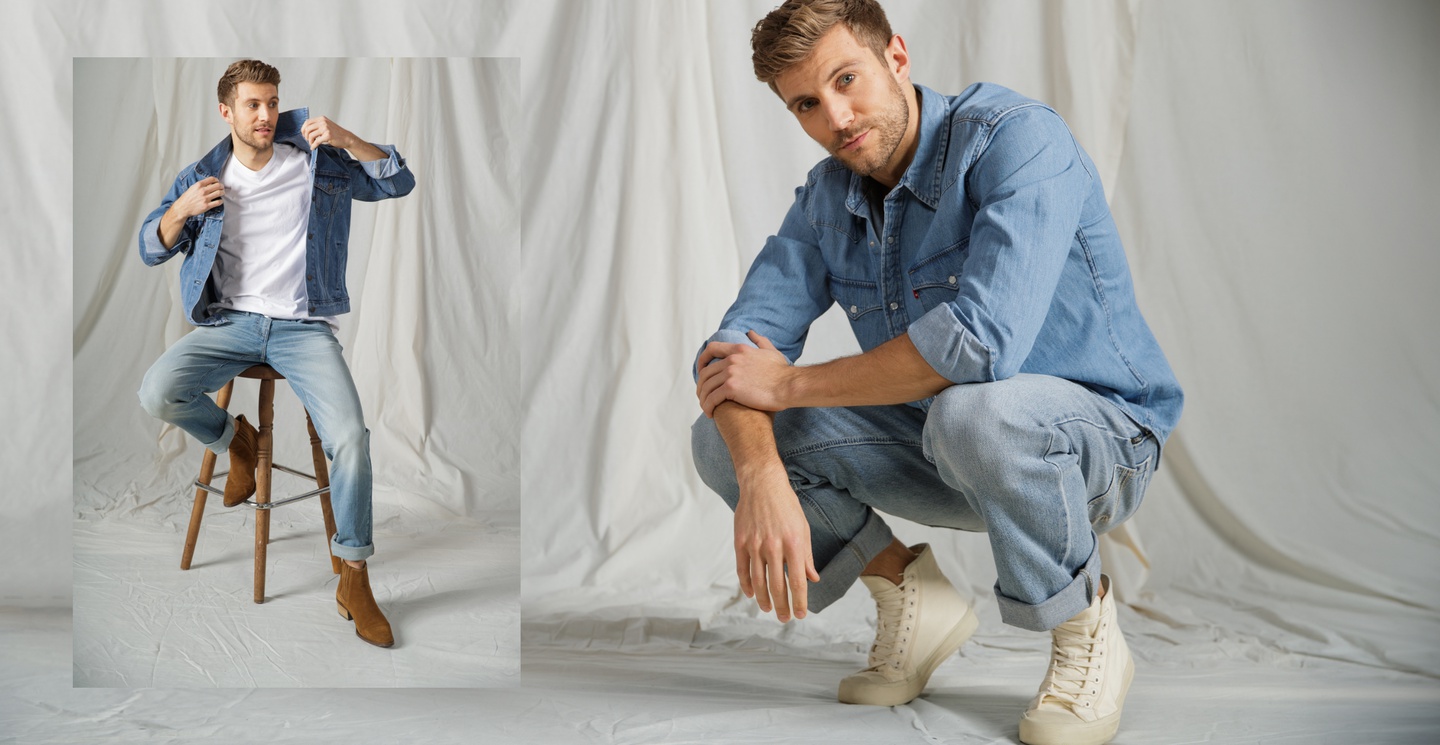
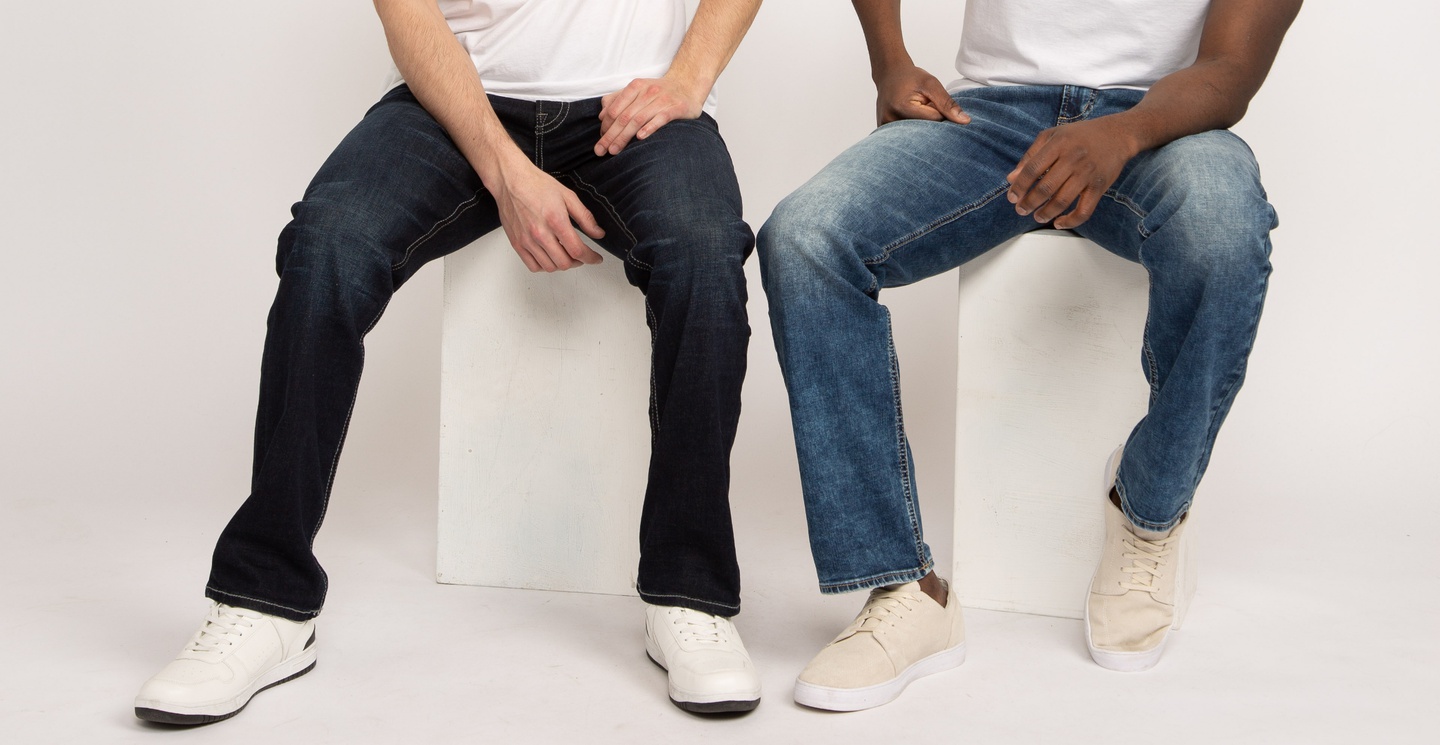
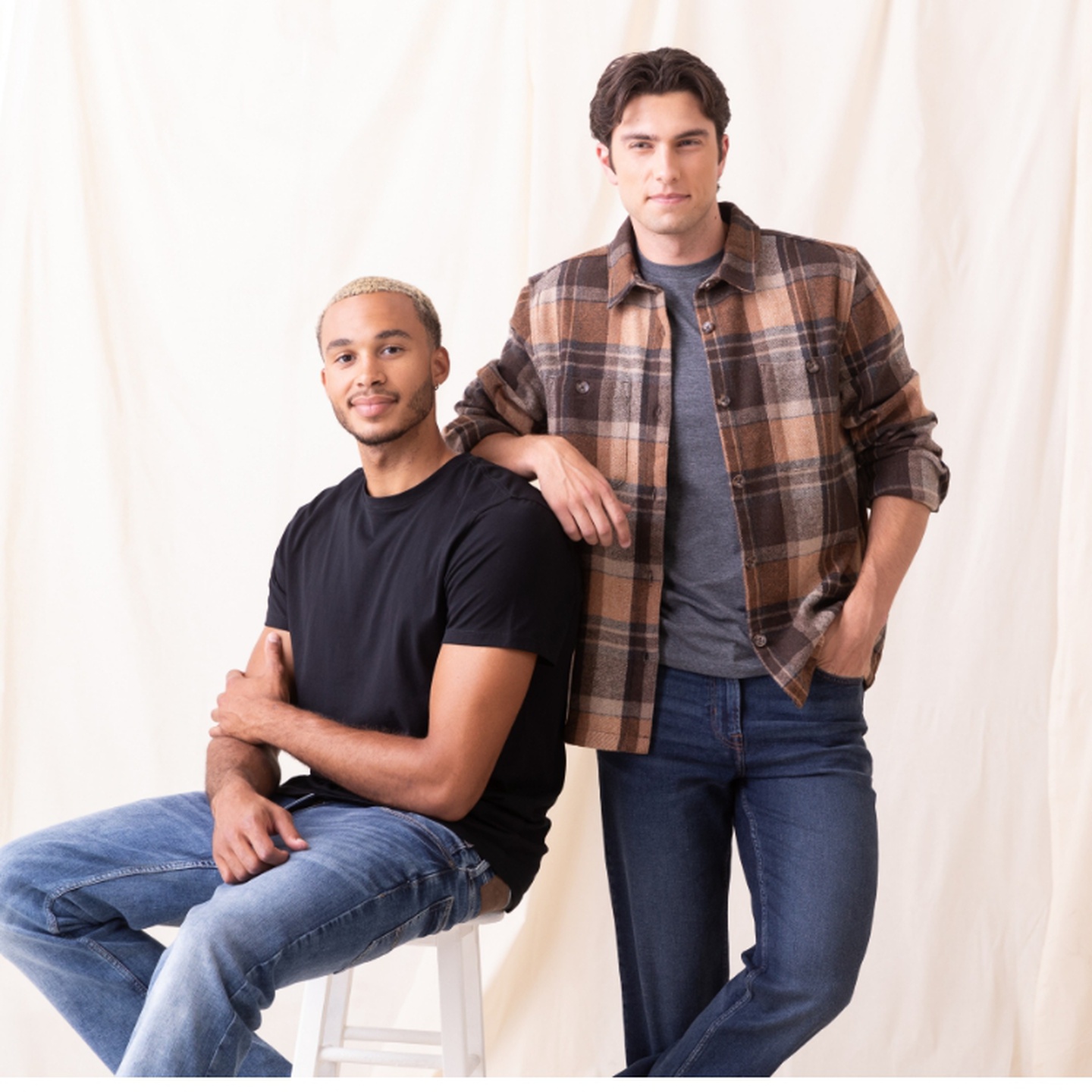
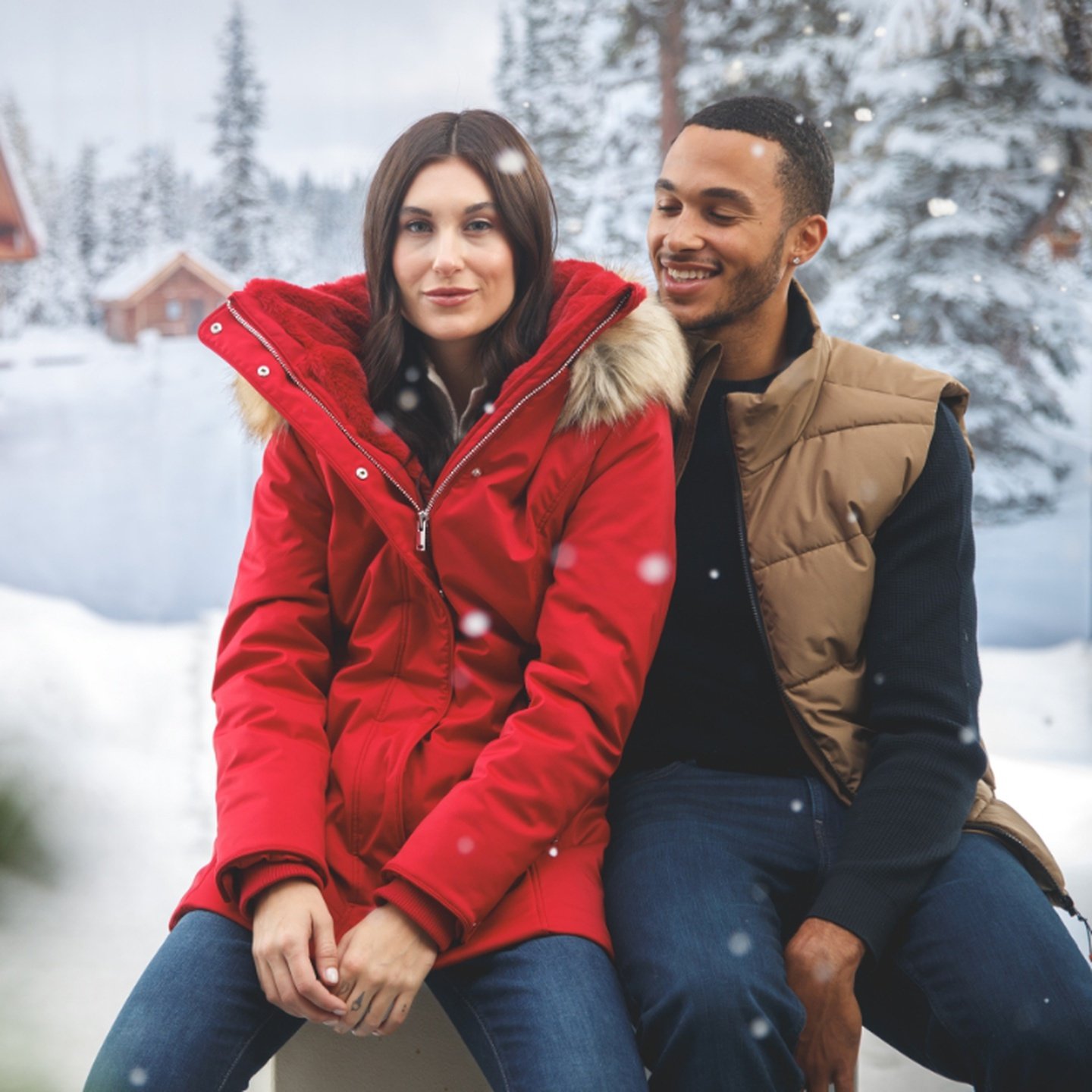
.jpg?sw=1440&sh=1440&sm=fit&q=95)
.jpg?sw=1440&sh=1440&sm=fit&q=95)